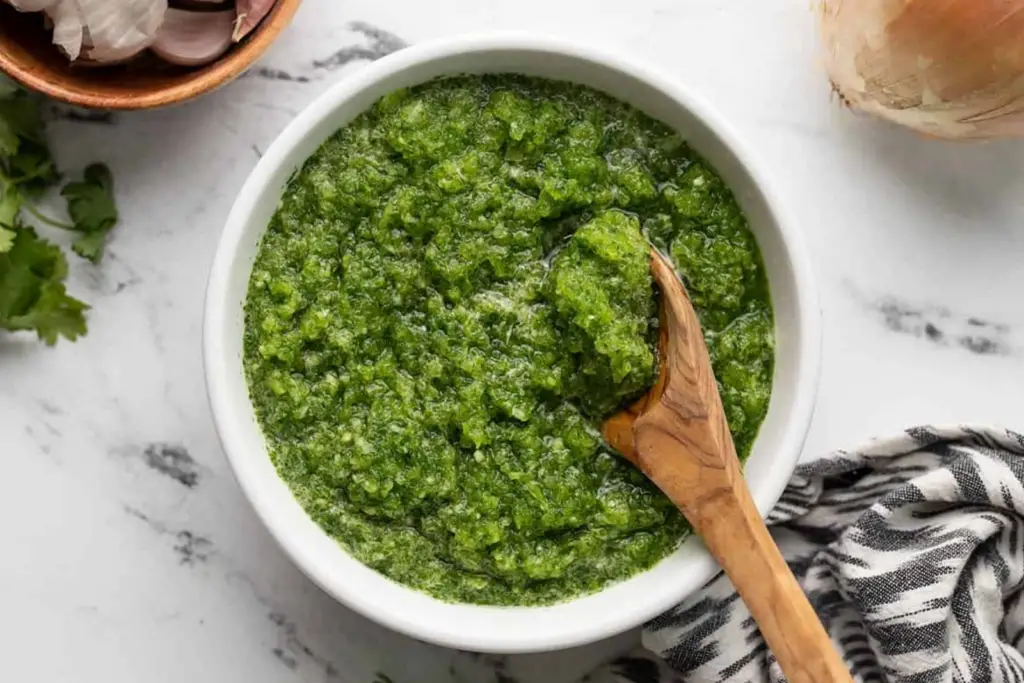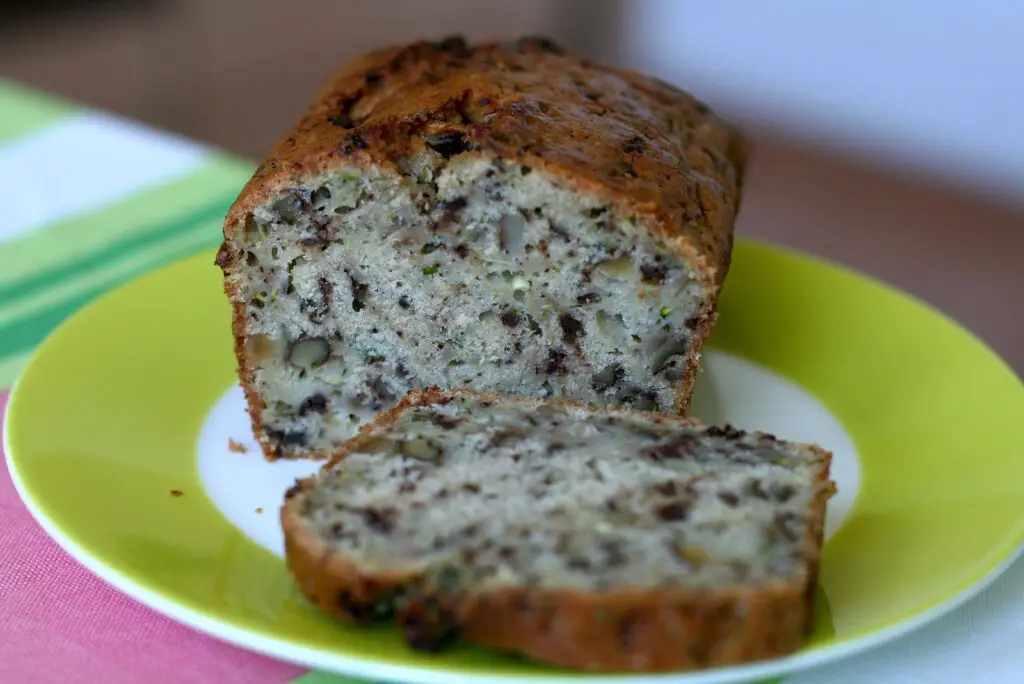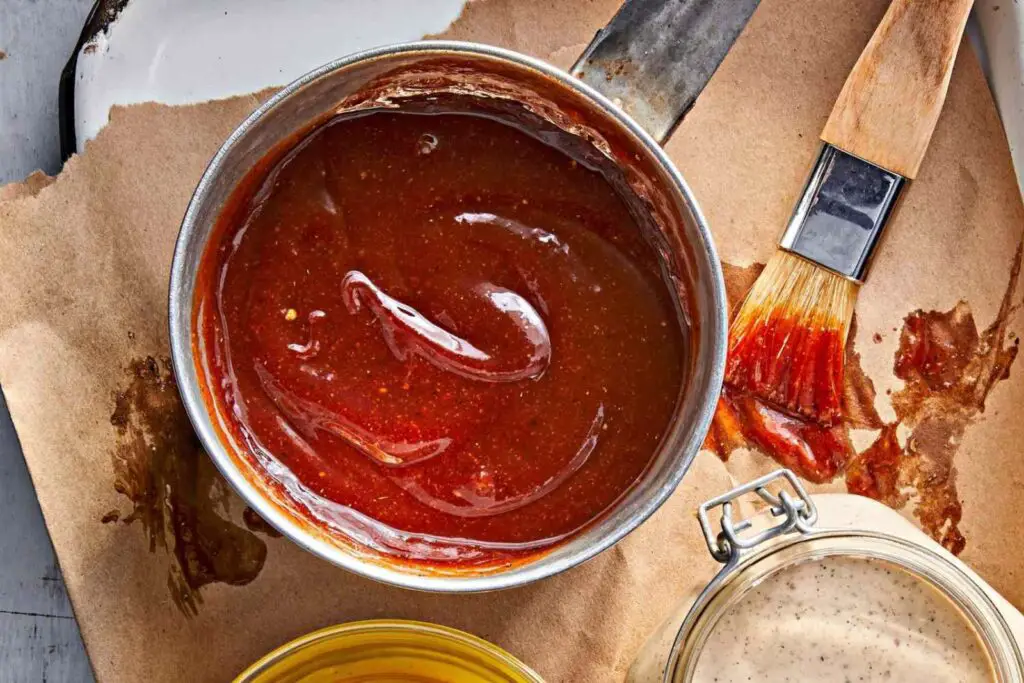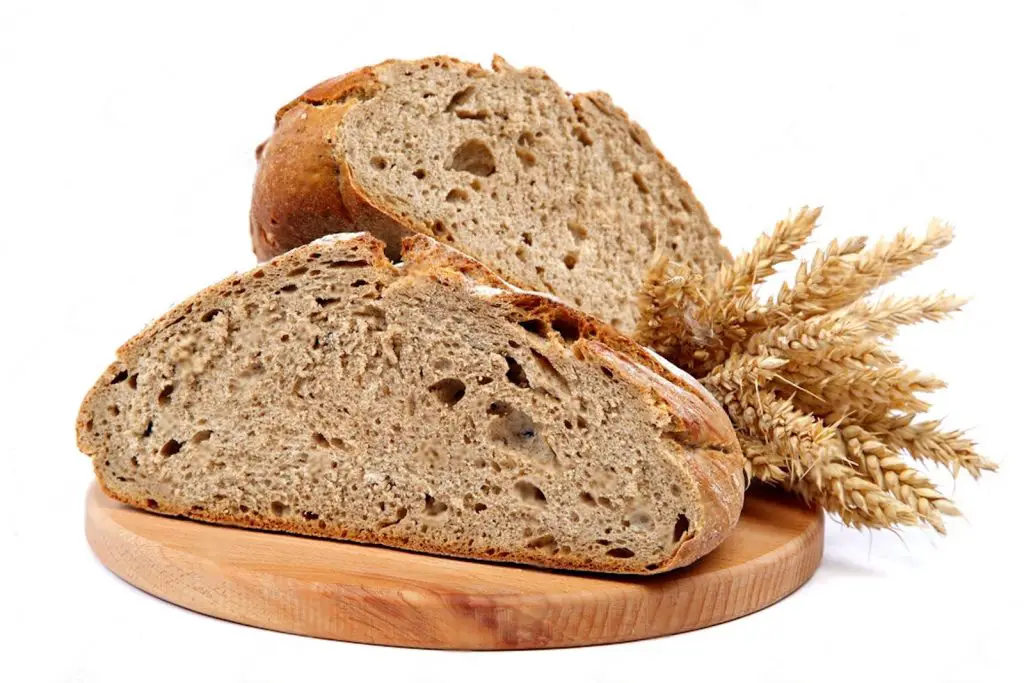
Aloo Tikki, a popular Indian snack, is a flavorful and savory potato patty that’s loved by many for its crispy exterior and soft interior. This traditional dish is often enjoyed with chutneys, yogurt, and various toppings. Whether you’ve made a large batch of aloo tikki or want to preserve some leftovers, freezing them can be a convenient way to enjoy this delightful treat at a later time. By following a few simple steps, you can ensure that your frozen aloo tikki retains its deliciousness and texture. This article presents a comprehensive guide on freezing aloo tikki while maintaining its authentic taste and appeal.
If you’re wondering how to freeze aloo tikki, here’s a step-by-step guide:
Step 1: Prepare the Aloo Tikki
To embark on the journey of freezing delicious aloo tikki, it’s important to start with the creation of the perfect potato patties. Begin by gathering your ingredients, which typically include boiled and mashed potatoes seasoned with an array of aromatic spices such as cumin, coriander, and garam masala. The blend of spices not only infuses the tikki with rich flavors but also contributes to the distinct Indian essence of the dish.
Once your mixture is ready, take a portion of it and shape it into round or oval patties. Flatten them slightly to ensure even cooking. These patties are then pan-fried until they attain a captivating golden-brown hue. The sizzling sound of the patties as they cook further enhances the anticipation of the flavors they hold.
Allow the freshly cooked aloo tikki to cool for a few minutes before proceeding to the next step. This momentary pause lets the patties settle and firm up, making them less prone to damage during the freezing process. The tantalizing aroma that wafts from the tikki as they cool is a testament to the aromatic spices that are intricately woven into the dish.
As you proceed to the subsequent freezing steps, remember that the effort you’ve put into preparing these aloo tikki is an investment in future culinary delights. The flavors you’ve carefully curated will be preserved, ready to be rekindled when you decide to relish these savory potato delights once again.
Step 2: Arrange on a Baking Sheet
Now that your aloo tikki are expertly cooked and cooled, it’s time to prepare them for their freezing journey. To do so, you’ll need a trusty baking sheet and a layer of parchment paper or a silicone baking mat.
The role of the parchment paper or silicone baking mat is pivotal in this step. It’s your culinary insurance against the aloo tikki sticking to the surface of the baking sheet. As these potato patties have a tendency to be delicate, especially in their cooled state, this preventive measure ensures that they maintain their integrity during the freezing process.
With the stage set and the baking sheet prepared, it’s time to give each aloo tikki its designated place on this frozen canvas. Taking care and precision in this step ensures that these delectable potato patties retain their individuality even in the icy embrace of the freezer.
Gently transfer each cooked and cooled aloo tikki onto the parchment paper or silicone baking mat. The process demands a delicate touch; these patties have already undergone a culinary transformation and now require careful handling to reach their final destination – your palate – in the best possible condition.
As you place each tikki on the sheet, consider the symmetrical layout before you. Each patty represents a piece of culinary artistry, a fusion of ingredients and techniques that have come together to create a symphony of taste. The evenly spaced arrangement isn’t just for aesthetic appeal; it’s a strategic maneuver to prevent these tikki from sticking together as they begin to freeze.
Leaving adequate space between each aloo tikki serves a crucial purpose. The freezing process can cause moisture to develop, and without enough room, the patties might merge into a single, unwieldy mass. By providing them with breathing space, you’re ensuring that each tikki maintains its distinct shape, texture, and flavor – qualities that are essential for the culinary delight you’ll experience when you decide to indulge.
Step 3: Pre-Freeze the Tikki
As your carefully arranged aloo tikki rest on the baking sheet, it’s time to introduce them to the subzero world of the freezer. This phase, known as pre-freezing or flash-freezing, is a critical step in ensuring that your frozen aloo tikki maintain their individuality and deliciousness when they are eventually consumed.
Gently slide the baking sheet, adorned with the aloo tikki, into the freezer. The cold air envelopes them, and the transformation begins. During this phase, the temperature drop prompts the moisture on the surface of the tikki to crystallize. This process is akin to creating a protective shield around each patty, preserving its unique texture and taste.
The concept of pre-freezing is akin to setting the stage for a theatrical performance. Just as actors gather in the wings before stepping onto the spotlight, your aloo tikki spend this time in the freezer to get acclimated to their icy surroundings. This prelude prepares them for the main act – the freezing process that will keep them in suspended animation until you’re ready to savor them.
The duration of 1 to 2 hours might feel like a brief interlude, but in this time, a remarkable transformation takes place. As the aloo tikki pre-freeze, they acquire a delicate frosty veneer. This layer will ensure that, when stored in a bag or container, they won’t stick to each other. Clumping is a common concern when freezing foods, and this simple step is the solution to prevent your beloved aloo tikki from becoming an inseparable mass.
Step 4: Package the Aloo Tikki
With the aloo tikki now adorned with a delicate frost, it’s time to give them a protective cocoon that will ensure their safekeeping in the icy chambers of the freezer. This step involves transferring the partially frozen tikki from the baking sheet to a more suitable long-term dwelling – a freezer-safe plastic bag or an airtight container.
Retrieve the baking sheet from the freezer and, with a sense of purpose, gently peel each aloo tikki from the parchment paper or silicone baking mat. Their frozen exterior serves as a testament to the pre-freezing process that has fortified them against clumping and deterioration during storage.
As you cradle each aloo tikki in your hands, consider the preservation journey that you’re facilitating. These seemingly humble potato patties carry the essence of your culinary efforts, and packaging them with care is a crucial step to ensure that their flavors remain intact.
Opt for a freezer-safe plastic bag or an airtight container that can shield the aloo tikki from the chilly air and potential moisture. Placing the tikki inside is akin to tucking them in for a long winter’s nap, albeit one that leads to culinary satisfaction. If you’re using a bag, make an effort to expel as much air as possible before sealing it. Air pockets can lead to freezer burn – the enemy of frozen foods – which can adversely affect taste and texture.
Step 5: Label and Date
As you prepare to close the freezer-safe bag or airtight container, there’s one more vital task that requires your attention – labeling and dating. This seemingly simple step holds significant importance in the world of frozen culinary treasures.
Take a moment to imagine the future: your freezer, a realm where time stands still for your aloo tikki. In this realm, each package takes on an air of mystery, especially as weeks turn into months and months into seasons. This is where labeling and dating come into play, becoming your beacon in the realm of frozen delights.
Grab a marker or label, and boldly mark the bag or container with a description of the contents – “Aloo Tikki” in this case. This might seem redundant at first, but in the icy depths of the freezer, distinguishing between various frozen packages can be a challenge. Your label is the key that unlocks the door to your desired dish.
Equally crucial is the act of noting the date of freezing. Time has a tendency to fly, and without this timestamp, you might find yourself in a culinary quandary, wondering just how long those aloo tikki have been waiting for their triumphant return. With the date written clearly, you’re equipped with the knowledge of how long these frozen treasures have been stored.
The purpose of this step extends beyond mere organization. It’s about ensuring that when you eventually decide to unearth your aloo tikki from the frosty depths, they are at their peak quality. Frozen foods, even with their remarkable preservation properties, are not invulnerable to the passage of time. Flavors can change, and textures can degrade over extended periods.
Step 6: Store in the Freezer
With the labeling and dating complete, it’s time to bid your aloo tikki farewell as they make their way back into the freezer – their temporary sanctuary until the moment you decide to unfreeze their flavors once again.
Place the labeled bags or containers into the freezer with the same care you’ve shown throughout this process. Imagine it as a ritual of preservation, a culmination of your dedication to preserving the essence of your culinary creation. Just as you would carefully tuck away precious belongings, you’re now entrusting your aloo tikki to the chill of the freezer.
As you select a spot in the freezer for your aloo tikki, consider the surroundings. The goal is to choose a location where they won’t be at risk of getting crushed by other frozen items. Your aloo tikki deserve their own space, a corner where they can rest undisturbed until the day you’re ready to savor their flavors once more.
Remember, while the freezer might be a realm of suspended animation, it’s not one without limitations. As time passes, the quality of frozen foods can gradually deteriorate. For the best taste and texture, it’s advisable to consume your aloo tikki within 1 to 2 months. This time frame ensures that the flavors remain vibrant and the textures pleasing to the palate.
What’s the optimal freezing temperature?
The optimal freezing temperature for aloo tikki is 0°F (-18°C) or lower. This temperature ensures safe preservation and prevents the growth of harmful microorganisms. Freezing at this temperature maintains the quality of the aloo tikki’s taste, texture, and overall appeal upon thawing and reheating.
Other related questions
How do I defrost aloo tikki?
To defrost aloo tikki, transfer them from the freezer to the refrigerator. Allow them to thaw overnight. Alternatively, reheat frozen tikki directly in a pan or oven until warmed through.
Can I refreeze aloo tikki?
It is generally not recommended to refreeze aloo tikki once they have been thawed. Each freezing and thawing cycle can affect texture and flavor. To maintain quality, consume thawed aloo tikki promptly; avoid refreezing.
How do I know if the aloo tikki has gone bad after being frozen?
Signs of frozen aloo tikki going bad include off-putting odor, freezer burn (dry, discolored patches), and changes in texture (mushy or grainy). If taste or appearance is noticeably altered, discard to avoid consuming spoiled food. Proper storage and prompt consumption help maintain aloo tikki quality.
Can I freeze homemade aloo tikki with various fillings?
Yes, you can freeze aloo tikki with various fillings, but it’s recommended to slightly undercook the fillings before making the tikki for better texture upon reheating.
Can I freeze store-bought aloo tikki?
Certainly, store-bought aloo tikki can be frozen. Ensure they are in their original packaging or transfer to airtight containers. Follow the same freezing steps, allowing for pre-freezing, proper packaging, and labeling for best results.
Can I add additional spices or seasonings before freezing?
It’s best to freeze aloo tikki without additional spices or seasonings. Add them after reheating to preserve flavors. This maintains optimal taste and prevents spices from becoming overpowering or losing potency during freezing and thawing.
Can I freeze aloo tikki with cheese stuffing?
Yes, aloo tikki with cheese stuffing can be frozen. However, note that the texture of cheese might change upon thawing. For best results, freeze them in an airtight container or freezer-safe bag, and consider reheating in an oven for optimal cheese melting.








